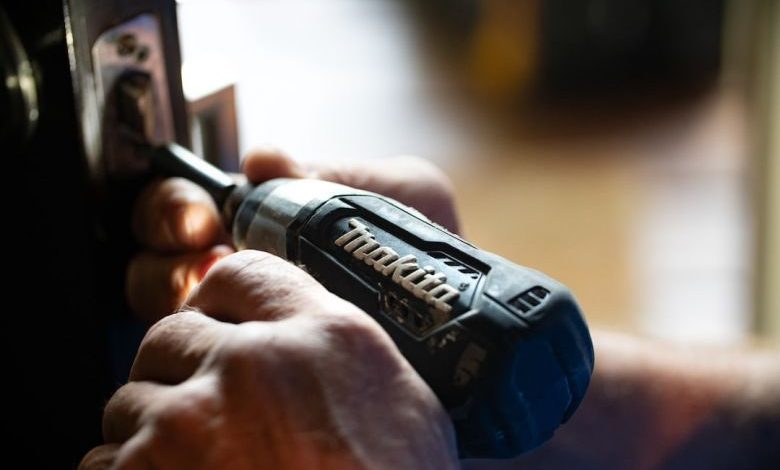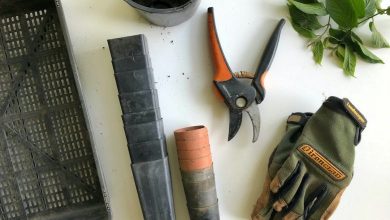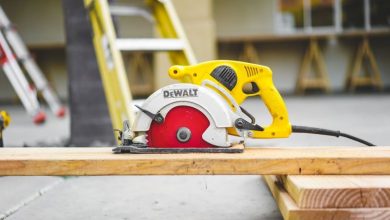A Comprehensive Guide on Cordless Impact Drivers

When it comes to power tools, one of the most essential and versatile tools to have in your collection is a cordless impact driver. Whether you’re a DIY enthusiast or a professional contractor, a cordless impact driver can make your tasks easier and more efficient. In this comprehensive guide, we will explore everything you need to know about cordless impact drivers, from their features and benefits to how to choose the right one for your needs.
What is a Cordless Impact Driver?
A cordless impact driver is a handheld power tool that is designed to deliver high torque and rotational force to drive screws, bolts, and other fasteners quickly and effortlessly. Unlike a drill, which generates a constant rotational force, an impact driver uses a hammering action to deliver bursts of high torque. This makes it ideal for tasks that require fastening or loosening screws and bolts, such as construction, woodworking, automotive repairs, and more.
Key Features and Benefits
1. Compact and Lightweight: Cordless impact drivers are compact and lightweight, making them easy to maneuver in tight spaces and reducing user fatigue during extended use.
2. High Torque: With their hammering action, cordless impact drivers provide high torque, allowing you to drive screws and bolts effortlessly, even in tough materials like concrete and metal.
3. Quick and Efficient: The hammering action of an impact driver enables fast and efficient driving, saving you time and effort on your projects.
4. Versatile: Cordless impact drivers can be used for a wide range of applications, including driving screws and bolts, drilling holes, and even removing stubborn fasteners.
Choosing the Right Cordless Impact Driver
When choosing a cordless impact driver, there are several factors to consider:
1. Power: Cordless impact drivers are available in various power ratings, typically measured in volts. Higher voltage models generally offer more power, but they may also be heavier and more expensive. Consider the types of tasks you will be performing and choose a power rating that suits your needs.
2. Battery Life: Look for a cordless impact driver with a long battery life, especially if you will be using it for extended periods. Lithium-ion batteries are the most common and offer longer runtimes and faster charging times compared to older battery technologies.
3. Torque Settings: Some cordless impact drivers feature multiple torque settings, allowing you to adjust the torque output for different tasks. This can be useful when working with delicate materials or when you need precise control over the driving force.
4. Ergonomics: Consider the ergonomics of the cordless impact driver, including the grip and weight distribution. A comfortable and well-balanced tool will reduce user fatigue and improve overall control.
Safety Tips for Using a Cordless Impact Driver
While cordless impact drivers are relatively safe to use, it’s important to follow proper safety precautions:
1. Wear Safety Glasses: Always wear safety glasses to protect your eyes from flying debris.
2. Use the Right Bits: Ensure that you’re using the correct bit for the task at hand. Using the wrong bit can result in stripped screws or damage to the tool.
3. Secure Your Workpiece: Secure your workpiece properly before using the impact driver to prevent it from moving or slipping.
4. Avoid Over-Tightening: Be mindful of the torque setting and avoid over-tightening screws and bolts, as this can lead to stripped threads or damage to the workpiece.
In conclusion, a cordless impact driver is a must-have tool for anyone who frequently works with screws, bolts, and fasteners. Its compact size, high torque, and versatility make it a valuable addition to any toolbox. By considering the power, battery life, torque settings, and ergonomics, you can choose the right cordless impact driver to meet your specific needs. Remember to always follow safety precautions when using the tool to ensure a safe and efficient working experience.




